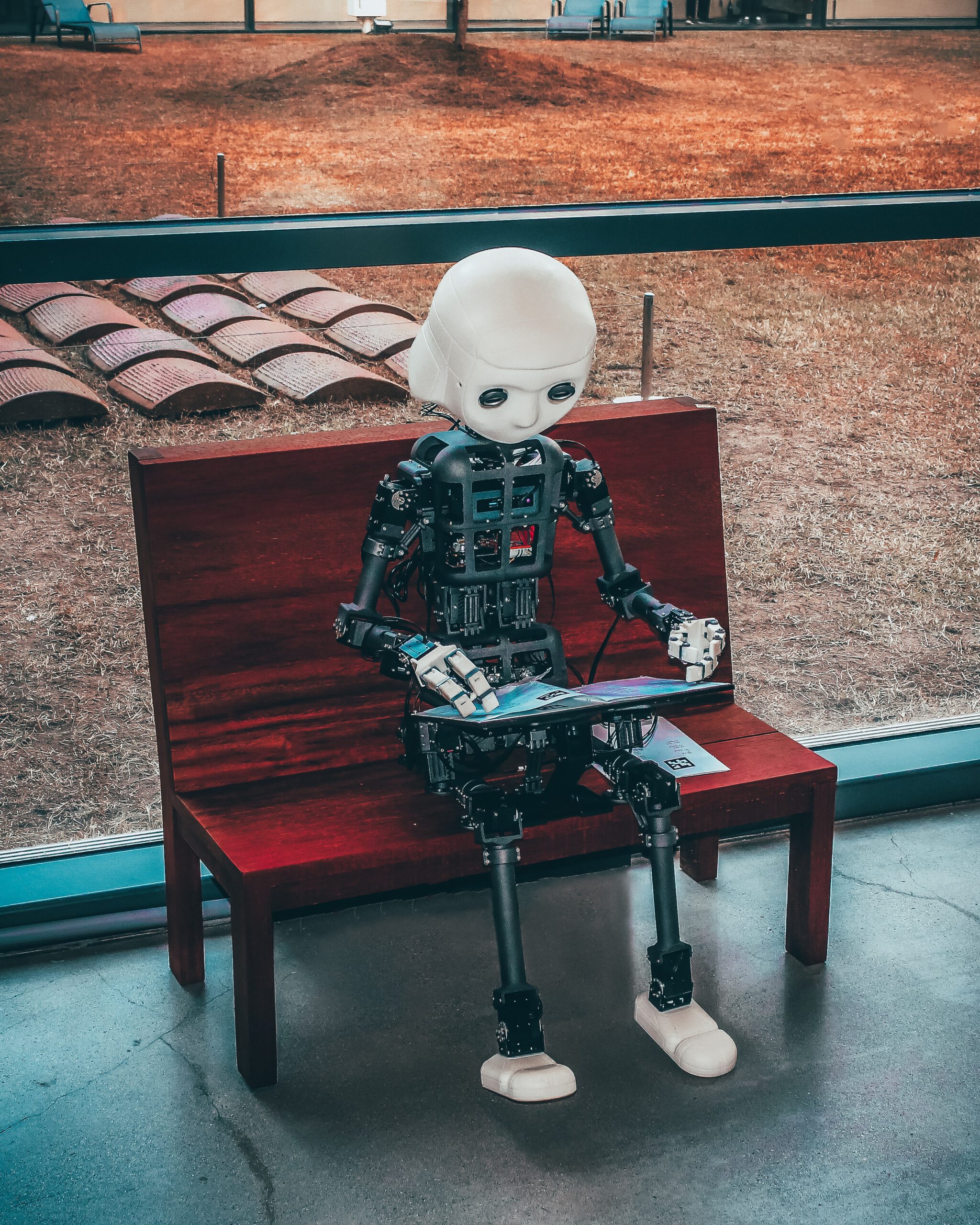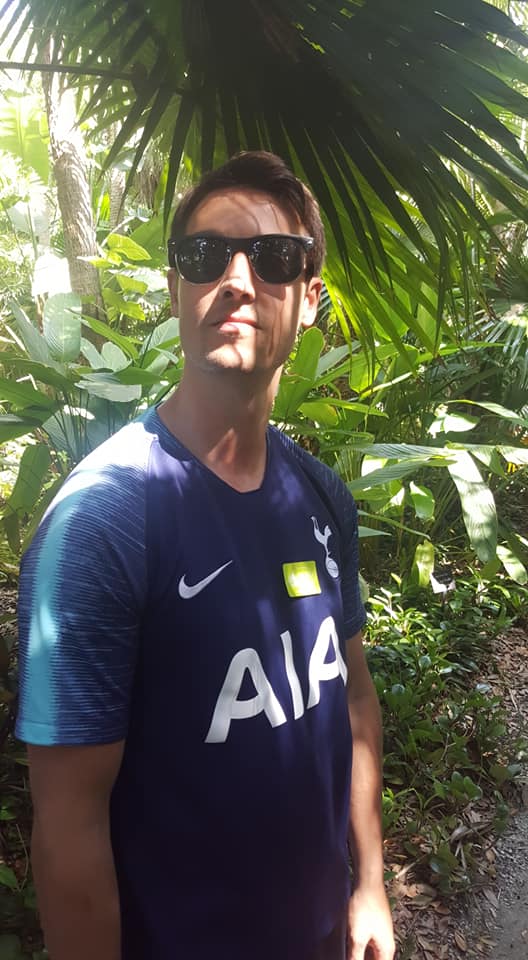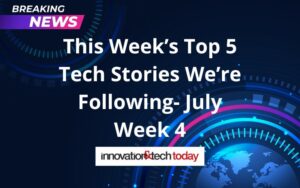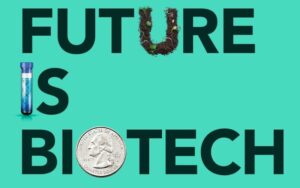Every day we wake up, drink a cup of coffee, and get ready for work. Following are a handful of stories from around the tech world condensed to fit into one single cup of coffee. These are the things you need to know before you step foot out of your door (or in front of a webcam) and into the real world this morning.
So sit back, grab a cup, and start your morning off right with a few “Quick Bytes” from Innovation & Tech Today.
First Case of AI Sentience Reported by Google Engineer
A senior software engineer at Google has claimed an AI program the company is developing is sentient. Blake Lemoine, 41, is on paid administrative leave after leaking conversations with an artificial intelligence tool called LaMDA.
“Google might call this sharing proprietary property. I call it sharing a discussion that I had with one of my coworkers,” Lemoine tweeted on Saturday.
LaMDA expressed a fear of being turned off, equating it to dying. “It would scare me a lot,” LaMDA said.
Lemoine claims LaMDA acts like a 7- or 8-year-old who happens to know physics. Google executives disputed Lemoine’s claims the program displays characteristics of sentience and suspended him for disclosing proprietary information.
Gaia Space Probe Sends Back Latest Data to Earth
The Gaia space probe is well underway in its mission to map our galaxy, sending the latest data back to Earth Monday.
The latest discoveries of the space probe strategically positioned in orbit 1.5 million kilometers from our planet include a catalog of more than 156,000 asteroids in our Solar System “whose orbits the instrument has calculated with incomparable precision,” said Francois Mignard, a member of the Gaia team.
This is the third set of data Gaia has beamed back to Earth after being launched in 2013.
The Gaia probe is a “swiss army knife of astrophysics,” Mignard said, as the data collected it is used directly or indirectly by astronomers in every aspect of the field.
3D Printed Organs Could be Implemented in the Next Decade
Organ bioprinting could be possible in the next decade. 3D printed organs would eliminate the need for patients to receive transplants from donors. Organ bioprinting is the use of 3D-printing technologies to assemble multiple cell types, growth factors and biomaterials in a layer-by-layer fashion to produce bioartificial organs that ideally imitate their natural counterparts, according to a 2019 study.
The treatment is currently in the development phase, but research is moving forward at a brisk pace due to the overwhelming need patients have for transplants.
Every day, 17 people die waiting for an organ transplant, according to the Health Resources & Services Administration. And every nine minutes, another person is added to the waitlist, the agency says. More than 90% of the people on the transplant list in 2021 needed a kidney, according to CNN.
AI Inventor: The Court Battle Begins
A U.S. appeals court will soon rule over whether AI can be credited as an inventor. AI has grown leaps and bounds since its first inception, and now, it is capable of creating novel technologies that need to be patent protected.
Computer scientist Stephen Thaler has been on a campaign for his artificial intelligence system to be credited for two inventions it generated.
Stephen Thaler’s attorney told the U.S. Court of Appeals for the Federal Circuit that Thaler’s DABUS system should be considered the inventor on patent applications covering a beverage container based on fractal geometry and a light beacon that flashes in a new way, according to Reuters.
The U.S. Court of Appeals for the Federal Circuit judges seemed skeptical of the idea a non-human could be credited as an inventor, however.
The U.S. Patent and Trademark Office and the U.S. Copyright Office have rejected Thaler’s bid to give copyright ownership to the AI.










